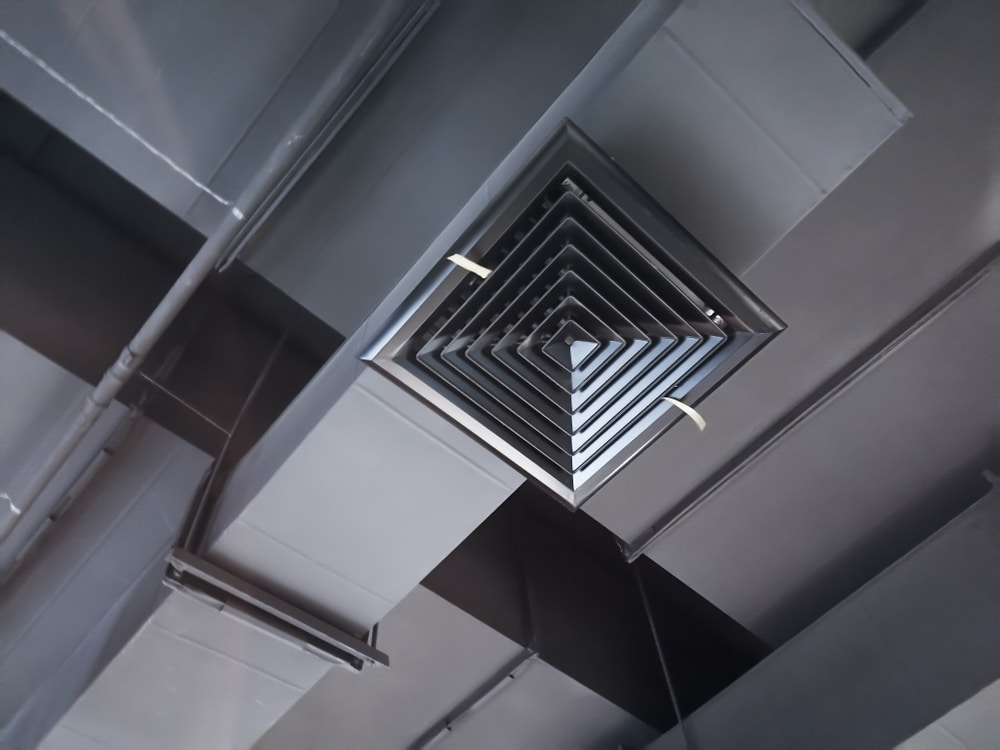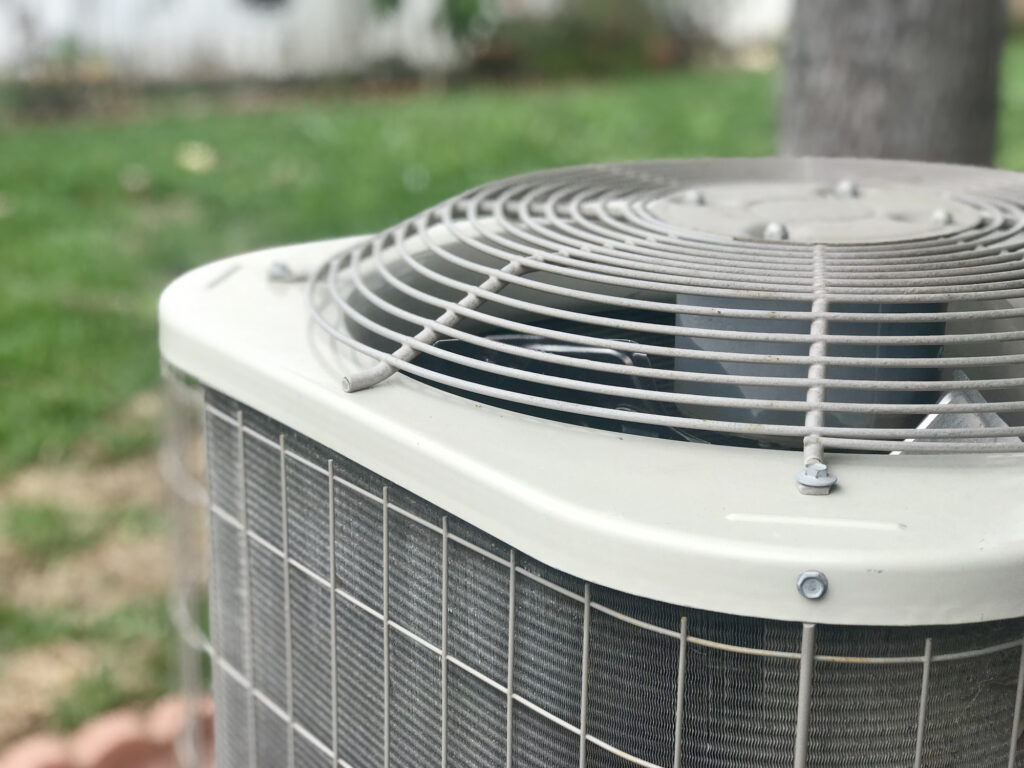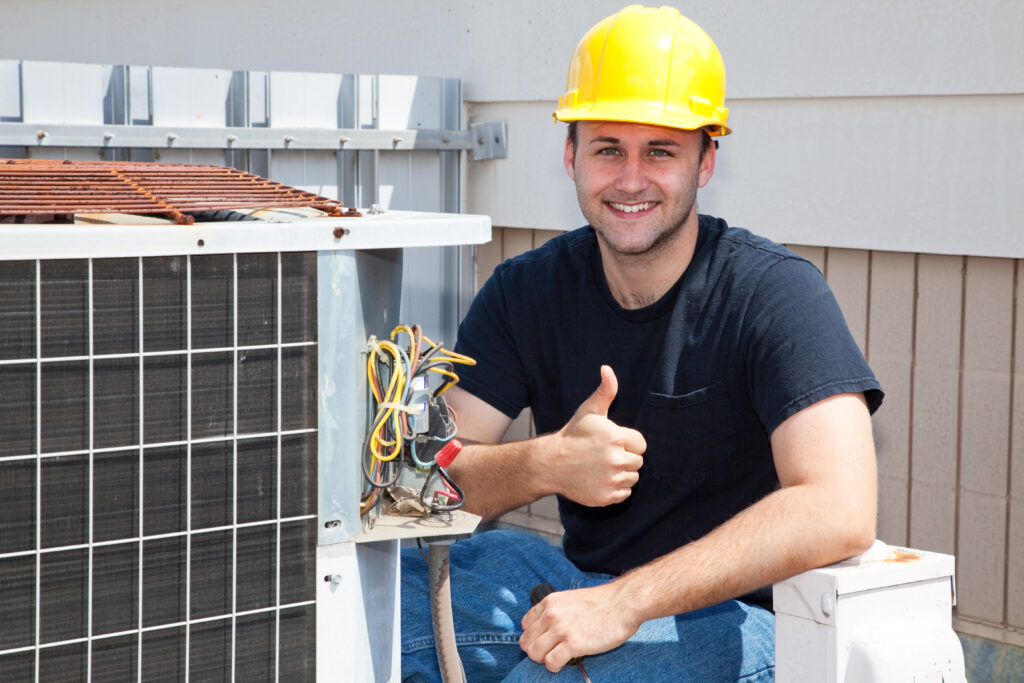Introduction
The abbreviation “HVAC” stands for heating, ventilation, and air conditioning. It serves as a simple explanation for what an HVAC system does and what the parts are responsible for. In this blog post, we will be talking about what the main parts of a HVAC system are, what the secondary parts of a traditional HVAC system are, and how they all go together. If you like this blog post, feel free to leave a comment below. Partney Heating and Cooling is always happy to answer any HVAC questions.

What are the Main Parts of an HVAC System?
The main parts of a HVAC system consist of a furnace, an air conditioner, and air ducts—also known as ductwork. These parts can vary depending on the type of system; for example, a ductless system doesn’t have ductwork, but all of these parts tend to be in the most common types of HVAC systems. Of course, other parts are just as crucial in the system such as thermostats, condenser units, blow motors, evaporator coils, and more. We will talk about those more in the next section.
A furnace is used to heat a building. Air is heated up in the furnace and then distributed throughout the building using the air ducts. The air ducts connect to both the furnace and air conditioner. They are the main transportation used for air.
An air conditioner is the opposite of a furnace and yet its complement. An air conditioner cools a building and then, like a furnace, has its air delivered throughout the building by the air ducts. Both a furnace and air conditioner can be automatically or manually turned on. If a building’s temperature goes above or below than desired then an air conditioner or furnace will turn on. Air conditioners and furnaces are similar in the fact that they are both used to balance out the temperature of the air in a building. That’s their main purpose.
The main parts of an HVAC system may not seem complex, but they are the foundation of the system. Without them, an HVAC system can not exist.

What are the Secondary Parts of an HVAC System?
The secondary parts of an HVAC system, as mentioned above, are thermostats, condenser units, blower motors, and evaporator coils. Some of them are more simple than others. The easiest one to explain is thermostats. Thermostats are used to manually change the temperature of a building and set the bar for the desired temperature. They can also be used to automatically control the temperature. As long as a temperature has been set on a thermostat, the thermostat will do its best to make sure the entire building stays at it.
Condenser units, located outside, get rid of excess heat inside of a building. They cool heated air by condensing it into a liquid. Condenser units then expel the heated air and circulate the cooled liquid as refrigerant. Blow motors help to force air from the furnace and air conditioner throughout the vents. Depending on the blow motor, the speed at which it blows out air can be adjusted. Evaporator coils absorb the heat from the refrigerant and reuse it. The secondary parts of an HVAC system may not be what first comes to a person’s mind when they hear about HVAC systems, but they are crucial. They help to make up the necessary components of the system.

Conclusion
An HVAC system is a complex system of parts, pieces, and components that all have their own roles to play. They all serve the purpose to heat and cool a building. We hope this blog post helped to answer the question: “What makes up an HVAC System?” for you. If it didn’t, please leave a comment below with any remaining questions you might have. We would be happy to answer them. If you are having trouble with your HVAC system and live in Jefferson County, give us a call! Our phone number is 636-475-9384.